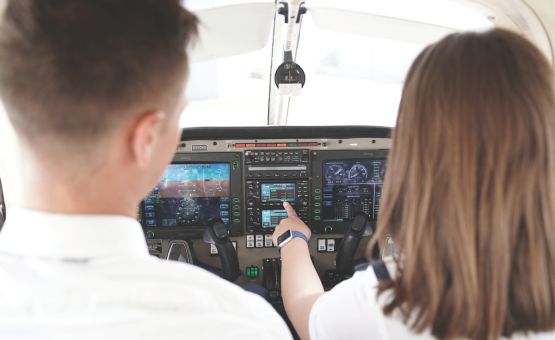As the old saying goes, “FAR Part 61 tells you how to get your license, and FAR Part 91 tells you how to lose it.”
What is always amazing to me is how some pilots can invest so much in their training and certificates, yet fail to keep them valid and current.
If you think about it, your aircraft must have an airworthiness and registration certificate, just as a pilot must have a pilot and medical certificate. Everything else comes in the form of an “add-on,” whether it’s a pilot rating or an aircraft STC.
Adherence to keeping your aircraft and your personal certificates current is primarily on the honor system. The FAA, for its part, has tried to make it as easy as possible for pilots to maintain their currency.
So, how should a pilot maintain their currency and proficiency?
First, it’s essential to define the difference between currency and proficiency.
Currency means that all of your certificates and ratings are up to date. This also includes those adhering to the requirements outlined in FAR Parts 61.56 and 61.57.
Proficiency means that you can demonstrate competent skills related to your currency. In other words, you meet or exceed the expectations of satisfactory performance in flying an aircraft safely, in accordance with all of the certificates you hold.
Let’s look at the currency requirements and what needs or should be done to include proficiency. We will not delve into specialty topics such as night vision.
There are only three main critical currency requirements for the majority of the pilots that are certificated by the FAA. These are regarding VFR flight and include:
61.56 – Flight Review
A flight review is required every 24 months, with a minimum of one hour of ground and one hour of flight. A pilot who has not flown in the past 24 months can meet this requirement by completing one hour of ground and one hour of flight with an instructor.
Does this make you proficient? I don’t think anyone would say it does. You will review all the regulations and procedures needed for safe flight to become proficient. You will also perform all necessary maneuvers in the aircraft to ensure safety. A flight review should not be considered complete until the instructor has determined that the pilot is safe and knowledgeable in all areas required for their certificate. Depending on the pilot, this can take a few hours or days.
61.57(a) – General Experience
I have always questioned the wording of this regulation. In its literal form, this regulation states that general experience only pertains to takeoffs and landings. While this is not entirely the case, we must still abide by its wording. To maintain currency in “General Experience,” one must log three takeoffs and landings within the preceding 90 days. If this is not done, the pilot must fly alone to meet this requirement. However, just logging three takeoffs and landings in 90 days does not guarantee proficiency. If you are not flying regularly or only flying on calm VFR days in and out of the same airport, consider working with an instructor on short, soft, and crosswind takeoffs and landings at different airports. This will help you maintain your proficiency.
61.57(b) – Night Takeoff and Landing Experience
To understand this requirement, we must first define “night time.” For this requirement, nighttime is defined as the period beginning one hour after sunset and ending one hour before sunrise.
You must make at least three takeoffs and landings to a full stop while acting as the sole manipulator of the controls.
When considering the Night Takeoff and Landing Experience, consider adding a few more tasks to this experience. I always recommend that pilots who don’t fly much at night hire a flight instructor to review nighttime navigation, emergency procedures, and maneuvering. This will build proficiency and boost confidence for night flying.
If you hold an Instrument Rating, then there is one more requirement:
61.57(c) – Instrument Experience
Instrument flying often reveals the most significant discrepancy between currency and proficiency. The regulation states that within the six months preceding a fight, a pilot must have completed six instrument approaches, holding procedures, and tasks, as well as intercepting and tracking courses using a navigational system.
To encourage pilots to maintain instrument proficiency, the FAA recently modified this requirement to allow the use of a simulator or AATD. However, many pilots only meet the minimum requirements necessary for this proficiency.
If you are not actively flying in IFR conditions regularly, I strongly recommend hiring a flight instructor to maintain or regain your instrument proficiency. Fly a challenging cross-country flight under instrument conditions, including emergency procedures, alternate airports, missed approaches, instrument and navigation failures, and last-minute changes to landing instructions. This will not only meet the current requirements but also ensure you are proficient.
American Flyers offers a full range of proficiency courses for pilots at all skill levels. Contact our National Support Team today for more information on these critical courses.










